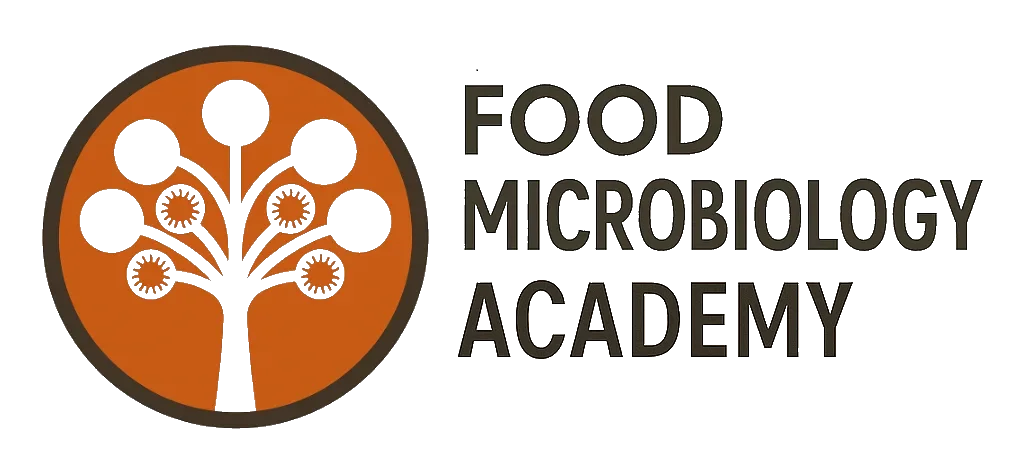We are so delighted to welcome Ruby Chin to our team. Ruby is a 2nd-year biomedical science student at Monash University, with a special interest in microbiology and pharmacology. She is currently undertaking a four-week industry experience placement with us. Here’s her first blog article…
Introduction
The water that we drink everyday is regularly treated. In fact, the tap water here in Melbourne, Australia is globally recognised as one of the safest drinking water available. It is absolutely essential to appropriately carry out these water treatment procedures to ensure that it is safe for human consumption and maintain public health. Prior to water treatments, indicator tests are usually carried out to assess the quality of water samples and determine the subsequent steps to be taken afterwards.
There are multiple key indicators of water quality, and this is where microbiology comes into play. One of the major indicators of water quality include testing for the presence of coliform bacteria. There are a range of coliforms found naturally in the environment, and having a clear understanding of these microorganisms and the role they play in water quality assessment is key to prevent the spread of waterborne pathogens and diseases. This article discusses what coliforms are, why they matter to us, and how their presence in drinking water relates to water safety and quality.
What are coliforms?
Coliforms are defined as a group of Gram-negative bacteria that has a rod-shaped morphology. Coliforms that are incubated in laboratories at a temperature between 35 to 37 degree Celsius are able to ferment lactose and in return, produce acids and gases that are released into their environment. They are commonly found in human intestines but usually possess no harm or health risks to us.
Despite being harmless within the gastrointestinal tract of our bodies, the detection of coliforms in drinking water can be very helpful, since their presence indicates the potential contamination of water. Water contamination or pollution is typically caused by pathogens that are found within faecal matter. Thus, failure to treat faecal-contaminated water before public distribution poses a serious health risk to the community that is dependent on the water supply.
As previously mentioned, there are various types of coliforms around us, with Escherichia coli being the one of the most well-known examples of a coliform bacteria that is commonly found in faecal matter. Hence, its presence in water samples taken from distribution systems serve as a major indicator of recent faecal contamination of the water.
Besides E. coli, there are two other major types of coliforms – total coliform and faecal coliforms. A range of bacterial species makes up the total coliform group, while total coliforms that are mostly found in faecal matter are separately known as faecal coliforms.
How coliforms are detected
Detection tests for coliforms are done by obtaining water samples across different points of the water distribution system. These samples are then carefully screened and analysed by experts for the presence of coliforms. The level of coliforms in the water sample directly correlates to the quality of the water. Although different countries normally have varying standards when it comes to determining the safety of the water for human consumption, one of the major guidelines that is generally accepted is that no total coliform colonies should be present in each 100 millilitres of water that is tested.
The importance of coliforms
As stated earlier, coliform detection tests are widely used to ensure water quality and safety. Their presence provides us with early identification of water contamination so that necessary interventions and prevention measures can be promptly taken. This effectively decreases the cases of waterborne illnesses and diseases within a community as it allows time for the contaminated drinking water to be properly treated before public distribution and consumption.
It should also be noted that besides bacteria, other harmful pathogens, including viruses and protozoa can also be found in faecal matter. Consumption of these water pathogens can result in detrimental health effects too, such as problems with the gut and heart. Timely intervention is therefore crucial to reduce health risks of the public, and failure to do so can significantly impact the community’s general quality of life and economy.
Conclusion
As of today, most countries and organisations around the world have established their own regulatory standards in regards to the quality of drinking water. This highlights the crucial role of coliforms and how early detection of them is paramount to ensure safe drinking water for human consumption.
Coliforms have served as a great example of how a good understanding of the features and role of specific microbes can immensely help us to build a healthier and safer community by making appropriate interventions and taking proactive measures against them.




